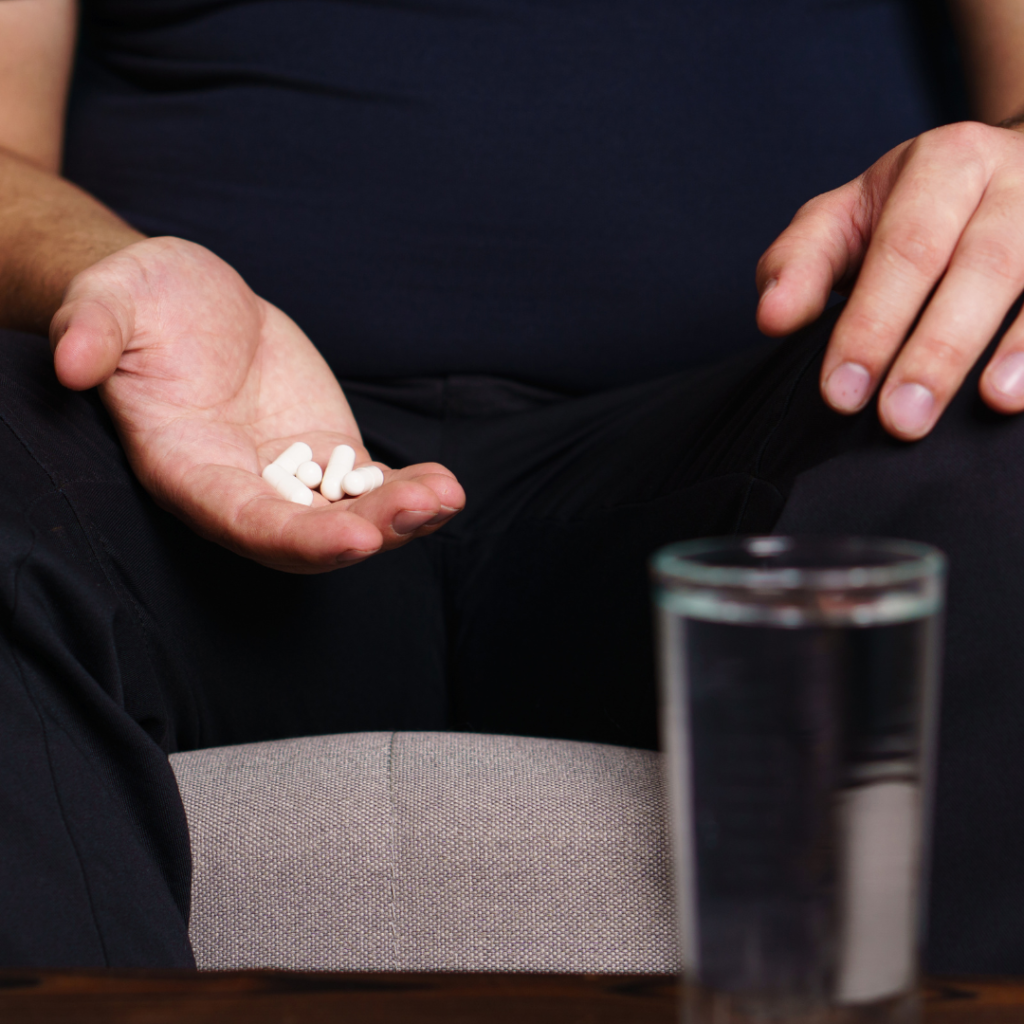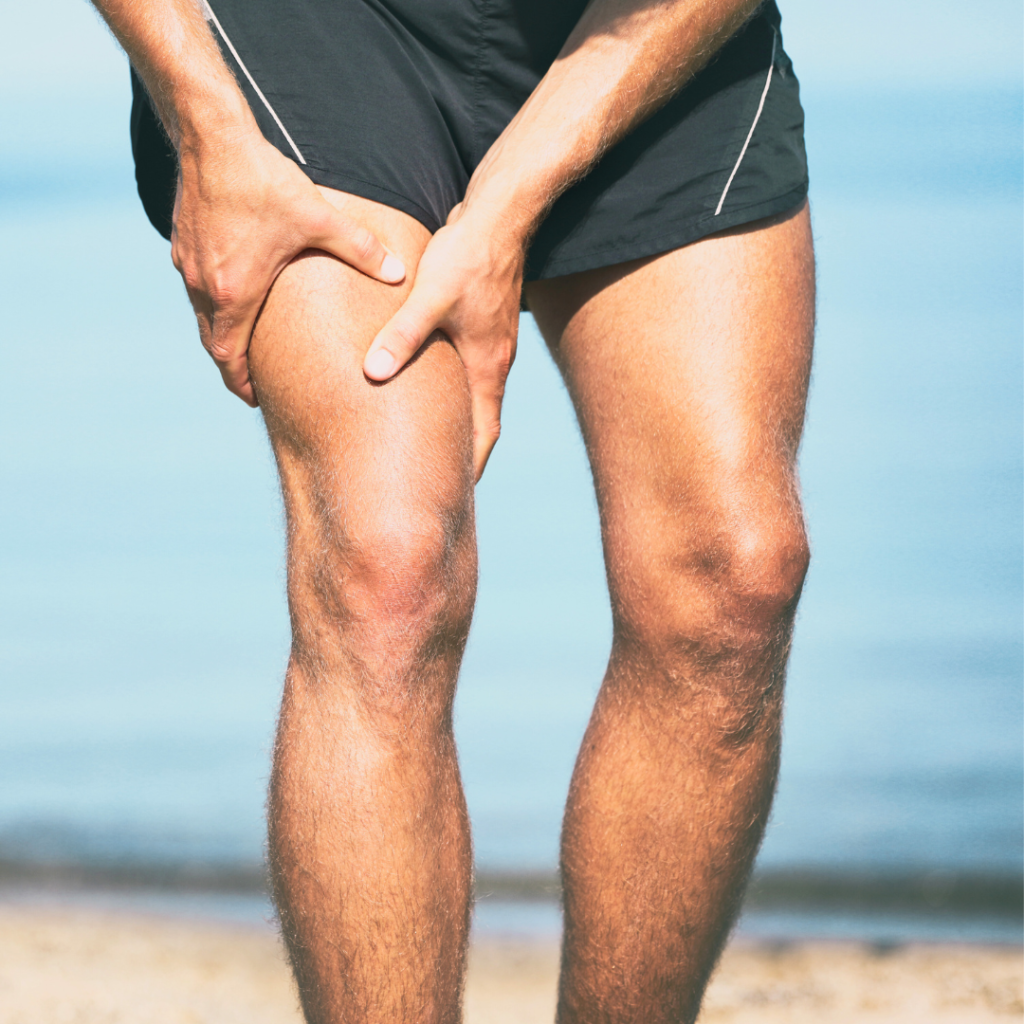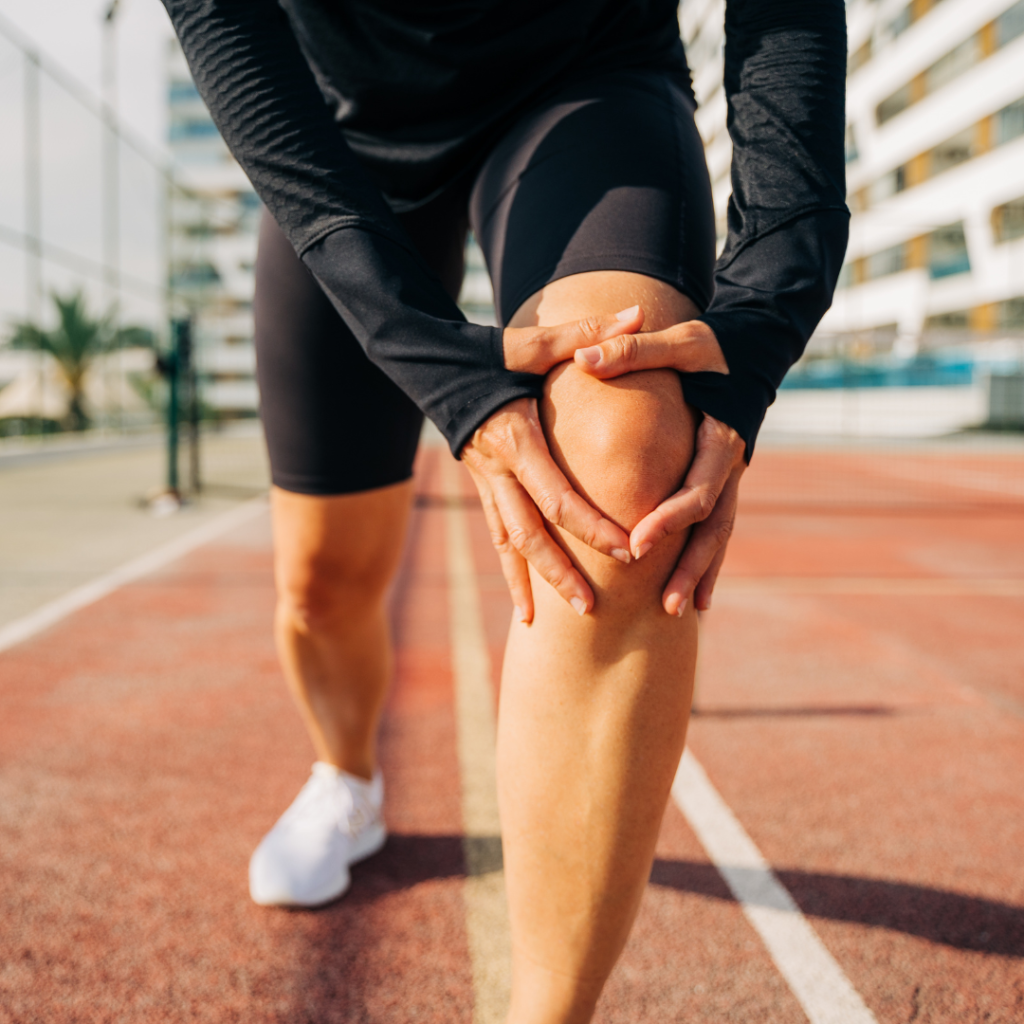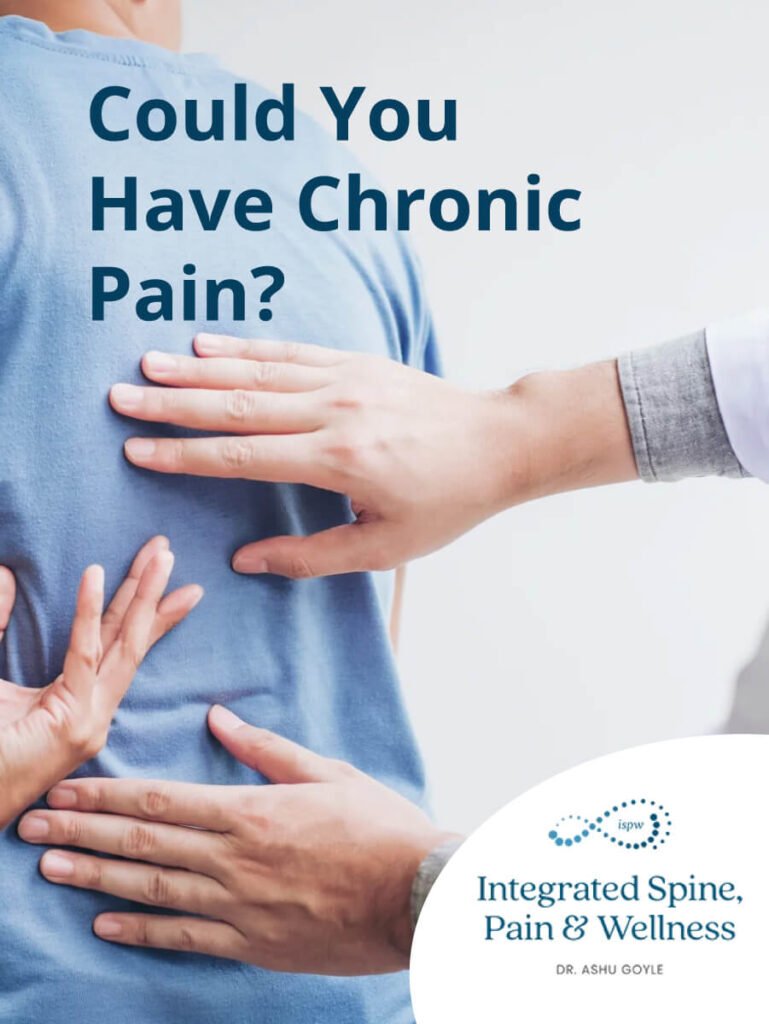One of my patients came in last week after recovering from knee replacement surgery, only to tell me that they were still suffering from pain and couldn’t perform their daily activities. This patient had severe arthritis in their knees, and after trying to heal the injury with other treatments, knee replacement therapy was the only thing left to do. The patient had a successful surgery and performed all of the recommended physical therapy afterward but was still in pain.
Their question to me was, “is this normal?” Unfortunately, the answer is yes. Although rare, it can happen. The good news is that there are treatments to help alleviate the pain and get you back to normal activities.
What is Knee Replacement Surgery?
Knee replacement surgery, also known as knee arthroplasty, is one of the most common orthopedic surgeries today. It is most often used to repair joint damage caused by osteoarthritis or rheumatoid arthritis that causes severe knee pain and makes it hard to perform daily activities.
A small percentage of patients experience knee pain even after they receive their knee replacement. While this is extremely rare, it can happen.
During the surgery, a surgeon removes the damaged bone and cartilage from your thighbone, shinbone, and kneecap and replaces the area with an artificial joint. For most people, knee replacement significantly improves mobility and relieves knee pain.
What are the risks factors?
While most surgeries are thriving, with any surgery, there are times that they are not. This is with any surgery. Certain factors can cause risks when getting knee replacement surgery. One of the most common risks is weight. For every pound of weight, that equates to four pounds of pressure on the knees.
Some other risk factors may include:
- lack of post-operative therapy (physical therapy)
- bone health
- auto-immune disorders
- osteoporosis
- patients with diabetes
Treatments
Suppose you have completed the recommended amount of physical therapy and are still experiencing pain. In that case, your physical therapist or orthopedic surgeon may recommend that you come to see me for further treatment. One specific treatment that I do to help control a patient’s pain is called:
In a knee, three primary genicular nerves provide sensation to the knee. Guided by fluoro (x-ray) or ultrasound, these nerves can be blocked, shutting the nerve signals off to see if the pain improves. The criteria we look for is about 50% improvement in pain. I use a numbing medicine that lasts about 6-8 hours during this procedure. If the patient experiences significant pain relief, we can complete the treatment with Radio Frequency Ablation of the knee.
Ideally, a patient may see six months to a year of relief after this treatment. During this time, physical therapy will be recommended for the patient to continue rehabilitating the knee. The procedure can be repeated based on a patient’s needs.
Ways to improve the outcome of your Knee Replacement Surgery
If you need to have a knee replacement or you suffer from chronic knee pain, there are things you can do at home to help reduce your pain and improve the outcome of your surgery, should you need it.
- Make sure to be at a healthy weight. If you need help with this, be sure to reach out to our office, we offer food coaching and can give you the tools and guidance necessary to change your diet.
- Go to physical therapy. If I have prescribed it, or another one of your doctors has prescribed physical therapy, completing all of your appointments is essential. PT will not only help you strengthen the injured area, but it also helps you learn how to move correctly and reduce the risk of further injury.
- Don’t wait too long to seek treatment. If you’re experiencing pain or discomfort, talk to your doctor before the issue becomes more severe.
Finally
If you’re experiencing any chronic knee pain, especially after knee replacement surgery, talk to your doctor to see if it is normal and what your options are. You shouldn’t have to live with the pain. We are here to help you live a life free from pain.
Contact our office for more information.
Here’s to good health and less pain,
Dr. Goyle






